Make a writing plan
Characteristics
The writing plan can be defined as the systematic and logical presentation of the ideas contained in a work. More elaborate than the table of contents, the plan presents the main ideas and secondary ideas of each part of the work, as well as their sequence. The plan is essential and preliminary to the writing of a research work. The plan is also used in the writing of simpler works, a summary or a text analysis for example.
- The plan necessarily has three parts: the introduction, the development, and the conclusion.
- The three parts of the plan are themselves subdivided: there will be as many subdivisions as there are main and secondary ideas. The number of main ideas depends on the type of work.
- The main and secondary ideas are clearly distinguished. They must be made to stand out.
- The plan must indicate, for each element it contains, a reference to the sources used: name of the author, year, page, or paragraph if the source is not paginated.
- The plan is developed in a logical order. For example, we generally present the history before describing in detail the current state of a situation; we define our terms before analyzing a problem; we address the causes before studying the consequences.
Procedure
- Develop the plan from the reading sheets
- Carefully read the instructions given in class for your work.
- If the main parts of the work are already determined by the instructions, classify the sheets by part and make separate piles for each part of the work; then order the sheets within each part based on the main ideas and secondary ideas contained in the sheets; the ideas must follow one another logically.
- If the instructions do not specify how to structure the work, it must be done using the sheets: 1) First, classify the sheets by theme; 2) Study the themes; then order them logically, according to the objectives of the work.
- Reread the sheets to check if the information is complete; if something is missing, look for the information.
- If you realize that a theme has not been covered, write it on a new sheet and complete the information later.
- Transcribe each of the themes and sub-themes on loose paper.
- Formulate in a short sentence the main idea associated with each theme, indicating the source(s) of the information.
- Do the same with each of the secondary ideas.
- Reread the plan to check the logic of the argument and its completeness (i.e. do not forget anything); complete the research if necessary.
- If necessary, restructure the outline: there are sometimes several ways to build an argument; Don’t hesitate to start again until the argument is solid.
Plan example
Example of a work plan
The Idle no more movement
Please note that this is an example. The number of main ideas will vary from one plan to another. This one presents four, but there could be fewer or more. It all depends on the information gathered and the requirements of the teacher.
INTRODUCTION
A traditional presentation of an introduction includes a topic introduced (a few sentences which generally serve to introduce your subject), a topic posed (what is the theme addressed, the research question studied or the hypothesis studied), and finally, a divided subject (succinct presentation of the different main and secondary ideas of the work or main arguments).
As a general rule, an introduction should represent about 10% of the length of an assignment.
DEVELOPMENT
First main idea: origin of the Idle no more movement
- Birth of the movement: 2012 during the Harper government’s mega-bill C-45 (Beaudet, 2017, p. 113)
- Introducing the founders: Nina Wilson, Sheelah McLean, Sylvia McAdams and Jessica Gordon (Caven, 2013, paras. 2-3)
- Role of Melissa Mollen Dupuis and Widia Larivière in Quebec (Gentelet, 2014, p. 9-10)
- Movement objectives (Beaudet, 2017, p. 114; Gentelet, 2014, p. 10-11)
Second main idea: mega-bill C-45 (now the Jobs and Growth Act, 2012)
- Presentation of this project
- Direct impacts on Indigenous peoples:
- Environmental (protection of lakes and rivers in particular)
- Failure to respect Aboriginal rights (Graveline, 2013, p. 295; Meney, 2013, paras. 14-17)
- Communities cannot say no to companies that want to exploit their territory (Giroux and Mailhot, 2014, p. 25)
Third main idea: the rise of this movement
- Largest Indigenous protest movement since the Oka crisis in 2002 (Graveline, 2013, p. 293)
- Particularity: urban activists (Gentelet, 2014, p. 9)
- Role of social media (Wotherspoon & Hansen, 2013, pp. 8, 14)
- As a result, the subject is widely covered by the media → gives a new image of the living conditions of Indigenous people here and elsewhere (Wotherspoon & Hansen, 2013, p. 3)
Fourth main idea: claims
- Movement calls for dialogue between governments and indigenous peoples
- Policy (Meney, 2013 para. 20)
- Follow-up of appropriate files
- Implementation of treaties
- Legislation and Economy (Meney, 2013 para. 20)
- Reviewing the Indian Act
- Sharing natural resources
- Equity in services intended for them
- Social and education (Meney, 2013 para. 20)
- Creation of the Missing Indigenous Women Commission (made by the Trudeau government)
- One school per reserve
CONCLUSION
We first make a summary of the work (brief reminder of the different points covered). Then, we give suggestions for future research. In the case of this topic, we could address the question of the impacts of this movement in other countries where indigenous people live.
As a general rule, a conclusion should be about 10% of the length of a work.
Make a bibliography
The bibliography contains a list of all the documents used to do the research work (a teacher may also ask to submit a bibliography before submitting the work to judge the relevance of the sources).
